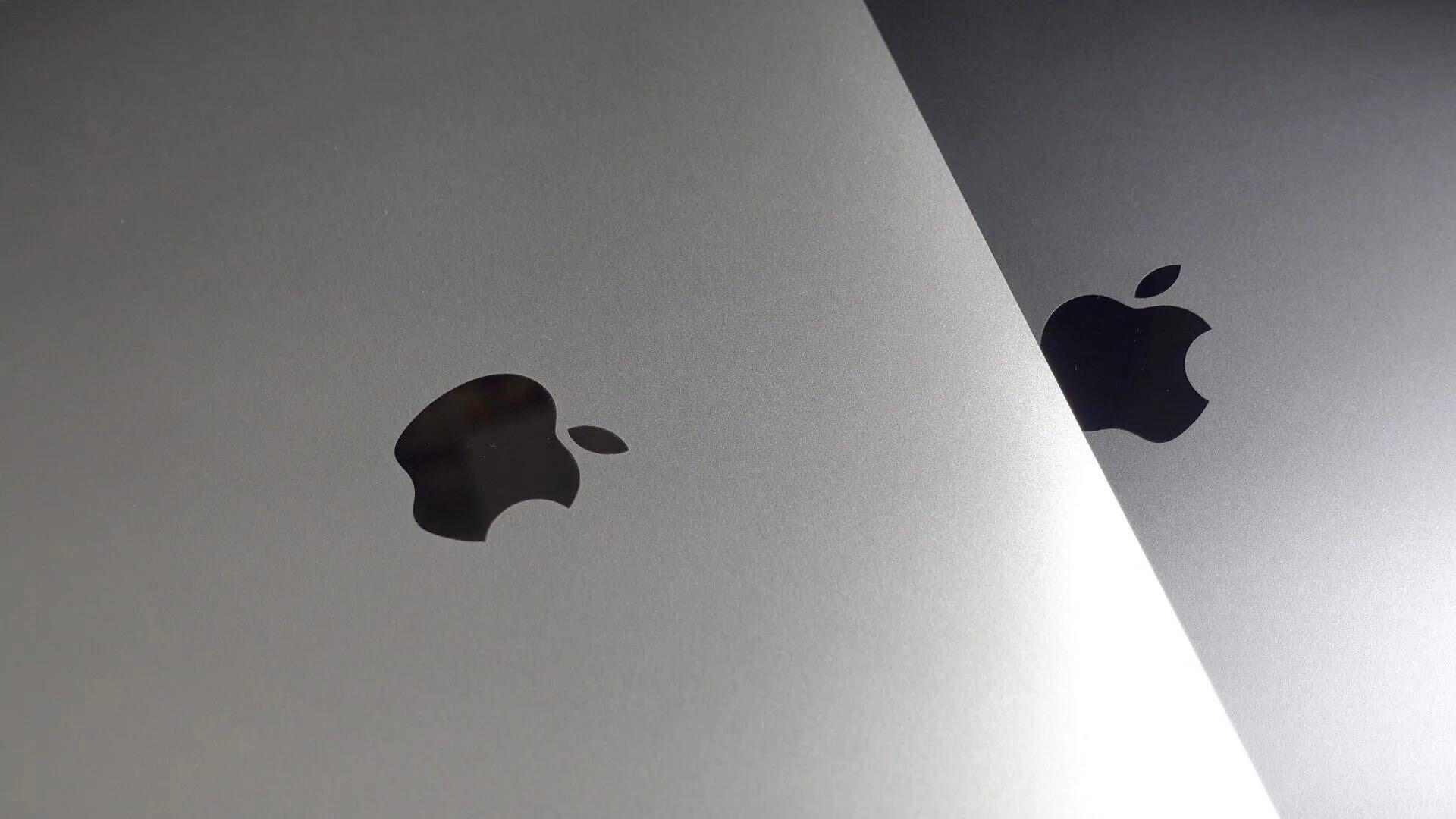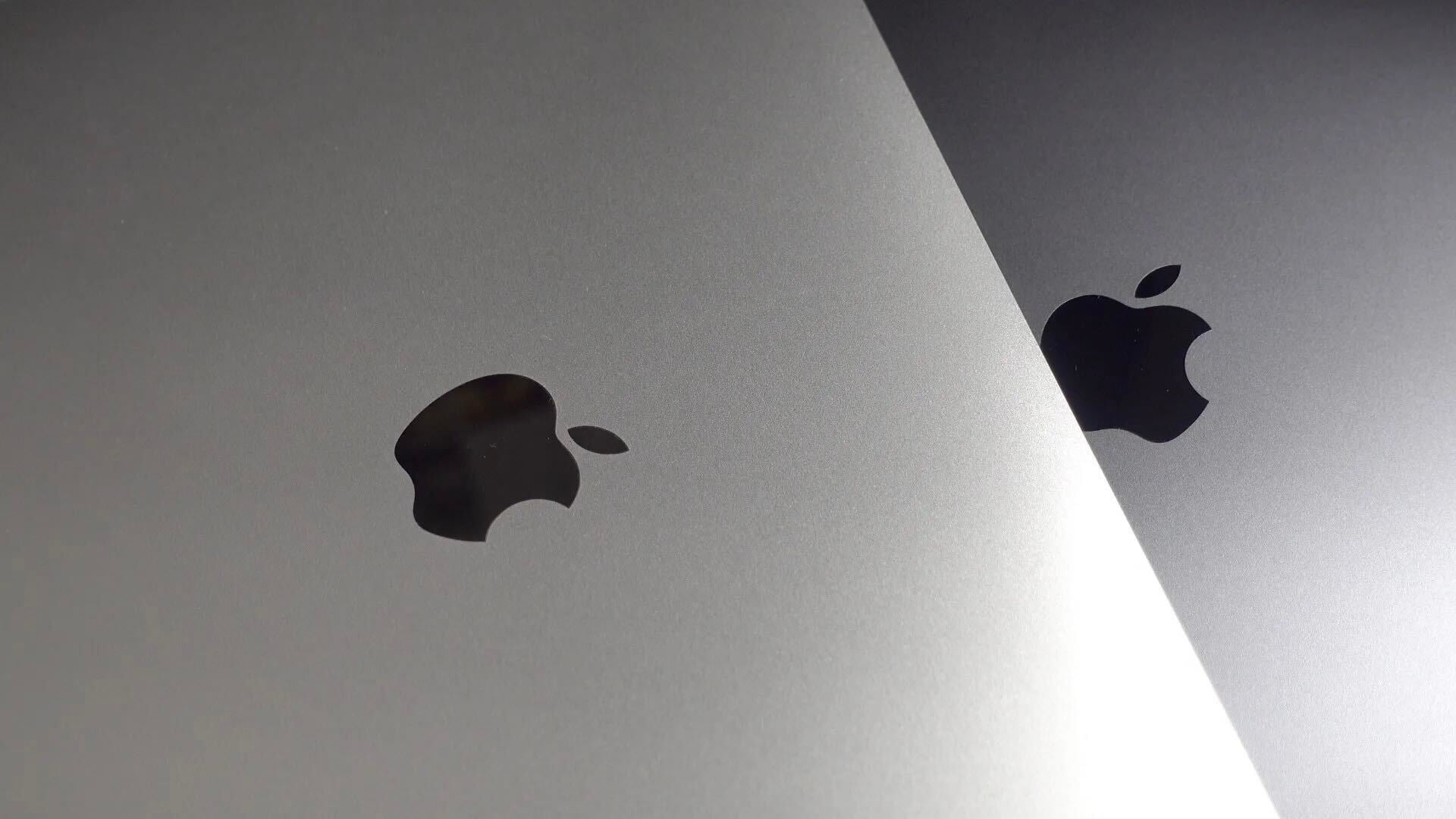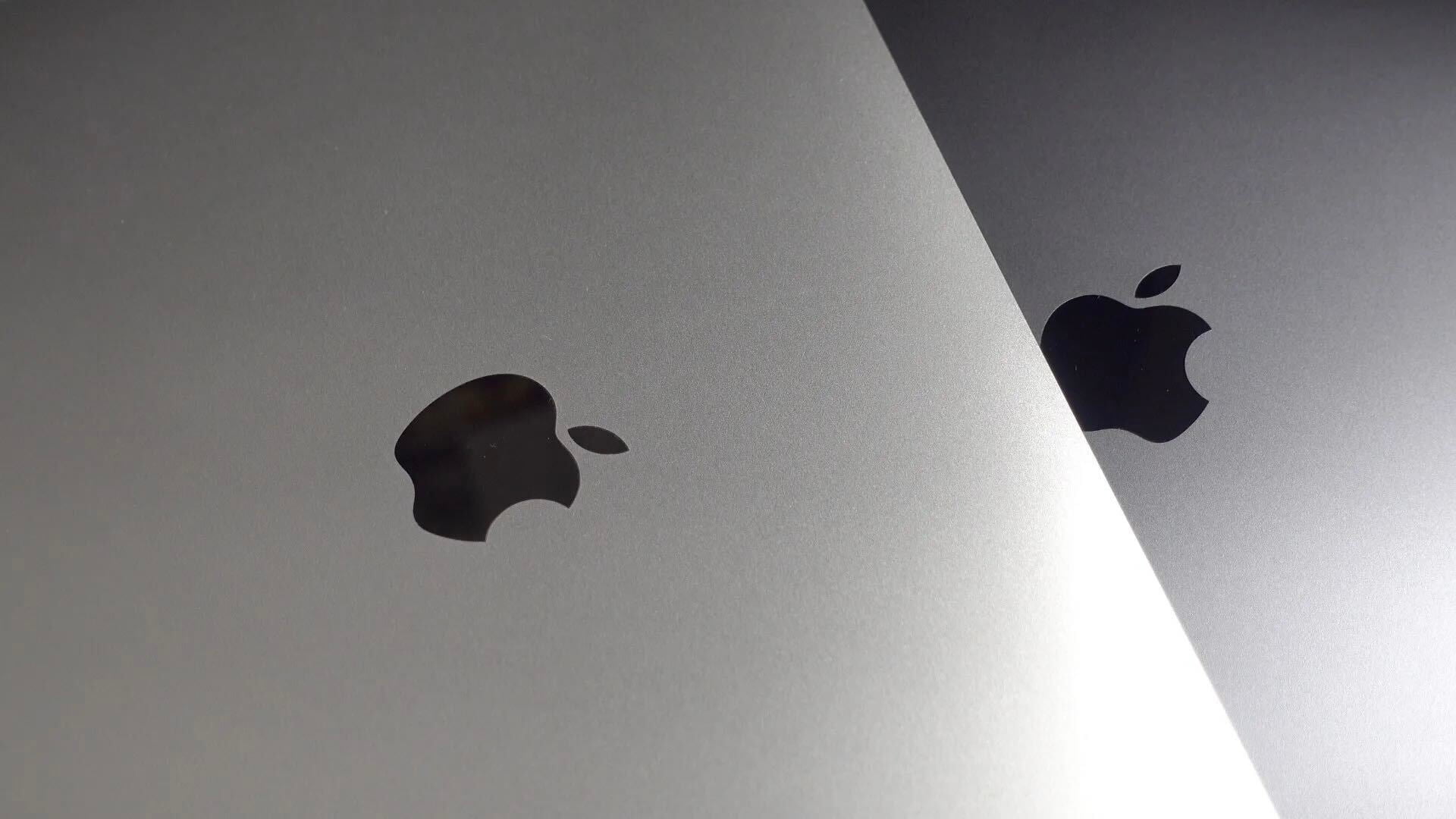

Apple gave up on optical drives several years ago. Citing Blu-ray Disc licensing issues and the growing popularity of Internet streaming, the company was able to leave CD, DVD and Blu-ray drives out of new Macs without suffering any drop in sales. Today, except for a single MacBook Pro model that hasn’t been updated since 2012, Macs are physically too thin to accommodate optical drives, and that’s not going to change any time soon.
But optical disc technology has soldiered on, adding new features to hook serious video and photo fans. “BDXL” Blu-ray Discs can now store up to 128GB of data, and Ultra HD Blu-ray Discs can hold full-length movies for 4K Ultra HDTVs. Separately, Millenniata debuted M-DISC, an archival disc technology that lets anyone burn DVDs or Blu-ray Discs guaranteed to last “centuries.” While M-DISCs must be written using new burners, they can be read by traditional DVD and Blu-ray players, ensuring broad compatibility.
OWC’s new Mercury Pro ($78/$135) external drives are designed to help Mac owners burn M-DISCs. The basic $78 model burns less expensive, lower-capacity M-DISC DVDs, while the superior $135 version can also burn higher-capacity M-DISC Blu-rays, as well as burning and playing regular Blu-ray Discs. Each version of Mercury Pro comes bundled with a heavy-duty Mac-matching external enclosure, cables, and software, while the Blu-ray model also includes two blank BD-R discs to get you started…
|
Key Details:
|

About M-DISC
Even if the name’s not familiar, M-DISC is based upon fundamentally sound technologies. Unlike most recordable CDs, DVDs and Blu-rays, which store data by making microscopic color changes to their rings, an M-DISC writing surface becomes physically pitted with real grooves during the burning process. While the chemically-induced color changes in standard recordable discs wear off over time, M-DISC’s pits — like vinyl records and professionally-mastered optical discs — remain intact so the disc can continue to be read for years. Millenniata, the developer of M-DISC, boldly promises that “your data will be safe for centuries,” and notes that the discs have withstood “rigorous testing by the U.S. Department of Defense,” resisting “extreme conditions of light, temperature, humidity and more.” As blustery as the claims may sound, independent tests have subsequently demonstrated their superior resistance versus standard recordable optical discs. M-DISCs will certainly survive much longer, and much harsher conditions, than typical recordable discs.
There are currently three types of M-DISCs. The first are 4.7GB DVDs; these are the only M-DISCs that work with the entry-level $78 Mercury Pro, and sell for $2-$3 each. Next are 25GB Blu-ray Discs, which is enough capacity that eight discs could fully back up the average person’s most precious photos. These 25GB discs work with the $135 Mercury Pro Blu-ray burner, and can be had for under $5 each in bulk; OWC sells them in 3-packs for $14.97 or 15-packs for $67.50. There are also 100GB M-DISCs, which sell for $20-$25 per disc, and are not compatible with either Mercury Pro, as they require a BDXL M-Disc burner.

The New Mercury Pro
Measuring 6.6″ wide by 8.3″ deep by 2.2″ tall, the new Mercury Pro is a large and solid-looking external drive, using a Mac-matching sandblasted finish on the front, sides, top, and bottom, except for a large stripe of brushed metal on the centers of the top and bottom surfaces. A subtly convex button on the front right side manually opens and closes the disc tray, though your Mac can eject a disc in software.

Located alongside power and USB 3.0 ports on the back, a rear power switch turns the drive on and off. Should you want to secure the drive in an office, there’s a slot for a Kensington-style lock above the power switch. Four clear rubber feet keep the metal from scuffing against your desk’s surface.

Every Mercury Pro arrives with a thick, shielded USB 3.0 cable and a small external wall adapter that’s required to maintain stable power; both parts speak to a desire to guarantee error-free, interruption-free burning, a prerequisite for disc mastering. Because of its physical size, and the requirement of external power, Mercury Pro is clearly meant to be set on a desk and left there, rather than carried in a bag and used on the go. As previously noted, the Blu-ray version of Mercury Pro comes with two blank BD-R discs. OWC notes that some resellers will also offer a further step-up version of Mercury Pro bundled with Roxio’s Toast 14 Titanium and Blu-ray-burning software.

Using Mercury Pro
Connecting Mercury Pro to a Mac is as simple as plugging in a USB cable and flipping on the power. Without further software assistance — no driver is required — OS X can use it to burn or read traditional DVDs and CDs, just like Apple’s $79 external USB SuperDrives. The $78 Mercury Pro’s M-DISC DVD writing support doesn’t require special software unless you want to fine-tune the contents of your disc image before mastering it.
Mac users also get two free apps in the bundle: Prosoft Engineering’s Data Backup 3 and Smile Software’s Disc Label. (A PC app called NovaStor NovaBackup is also included for Windows users.) There’s no delicate way to say this: the free apps are old. Data Backup carries a 2007 copyright and appears to have last been modestly updated to version 3.1.9 a year ago. But despite some graphical glitches, it runs under OS X El Capitan, enabling you to create first-time and versioned backups of your hard drive (or preferred folders) to optical discs. You choose a source, pick a destination type (volumes or CDs/DVDs), then tell it whether to split large files into chunks that will fit on individual discs. Depending on what you’re backing up, it will create chunks of data that can be reassembled using multiple discs, optionally including subsequent discs containing only files changed since the last backup.
Similarly, Smile Software’s Disc Label hasn’t been updated since late 2010, and speaks to the end of the era when (some) people were actively printing disc labels and jewel case inserts (remember those) with their inkjet printers. The app still loads under El Capitan, and includes dozens of different templates for making these sorts of things, assuming you have a use for them. But it looks like a relic from the past. Last but not least, the PC version of NovaBackup is listed as compatible with Windows 7; make of that what you will.

The optional app Toast 14 Titanium, aided by the Toast HD/BD Plug-In, is all but mandatory to take advantage of Mercury Pro’s Blu-ray mastering features. Having been polished years ago for optical disc mastering, video conversion, and pretty much every related function you can imagine, Toast 14 Titanium has just been updated to version 14.1 with full El Capitan support. During my testing, I used it to burn M-DISC archival-quality, Blu-ray-filling collections of home photos and videos — really, the key things I’d want to keep backed up for decades — and everything worked just as expected.

If there’s one complaint about the overall performance of the Mercury Pro and Toast 14 combination, it’s a primarily hardware-related limitation: speed. The Mercury Pro I reviewed is the Blu-ray version, based on LG’s WH16NS40, and although it’s billed as a “16X” drive, it writes M-DISC Blu-ray Discs at 4X maximum speeds. Similarly, the DVD version is based upon LG’s GH24NSC0B, which is a “24X” drive that writes M-DISC DVDs at 4X. In other words, you can expect to spend about an hour burning and verifying each M-DISC, though write speeds with regular BD-R and DVD-R discs may be significantly faster, and read speeds for discs — including M-DISCs — are much faster.
[youtube https://www.youtube.com/watch?v=sKeyn-Aqd6Q]
It’s also worth a brief note that Apple’s lack of participation in the Blu-ray standard means that commercial Blu-ray Disc playback continues to require separate software. This video explains how to make Blu-Ray Discs work using the free app VLC.

Prior to testing the new Mercury Pro, I had been out of the optical disc market for years, and had only the faintest idea what M-DISC was. But as I’m always on the lookout for ways to preserve my collection of digital photos and home movies, it’s truly interesting to see optical discs re-emerging as a viable alternative — particularly discs that focus on storage quality, not just quantity. There’s obvious long-term appeal in a drive that’s capable of creating long-lasting, archival copies of precious memories, easily viewable on common DVD and Blu-ray Disc players. If that’s something you’re looking for, each of OWC’s Mercury Pro bundles offers a nice drive and basic software to get you started.
| Manufacturer: Other World Computing |
Price: $78 (DVD) / $135 (Blu-ray) |
Compatibility: Mac |
|---|
More From This Author
Check out more of my editorials, How-To guides, and reviews for 9to5Mac here! I’ve covered a lot of different topics of interest to Mac, iPad, iPhone, iPod, Apple TV, and Apple Watch users. I’ve recently discussed how to safely prepare and wipe your iPhone for resale or trade-in, and how to get the best iPhone trade-in price to help buy an iPhone 6s, amongst many other topics.
FTC: We use income earning auto affiliate links. More.



Good read, I won’t ever go back to optical media but, I could probably recommend this to a few people who have more patience an I. Also, the key details are for the thunderbolt dock feature from last week :)
Re: optical media in general, I agree on the broad point. But the question of how to distribute true 4K video continues to loom large, as existing “4K” video is in many cases substantially degraded, and even “1080p” video streamed over the Internet isn’t making full use of the 2K format. Bandwidth limitations are also a consideration for many people. Optical discs are a practical way to store really high-quality videos, and M-DISC has the advantage of being long-lasting for those who want to make them at home. And the Key Details box has been fixed, thanks. :)
Files are not considered backed up until there are two copies.
High capacity optical media such bluray provides a affordable option to store, backuo and distribute big data.
When a hard drive fails, it takes everything with it and have shorter lifespan than bluray.
External burners like this provide a way to make high quality long lasting discs.
Am I the only person on the planet that still uses CD-R media?! My car doesn’t have Bluetooth audio streaming, and it’s a hassle to hook up my phone to the AUX port, so I still burn MP3 files to a CD-R for my music library in the car. I know I’m not the only person that still does this?
I’m all for removing optical media drives from computers, I admit they’re rarely used and a USB optical drive works great. But I don’t believe that optical media is “dead” quite yet.
A hassle to hook up your phone to AUX port? lol
Sounds like it’s more of a hassle burning MP3 CDs every time you need new music. Then you have to change CDs and they tend to get scratched or lost in the car.
Chances are that if your car came with a CD changer/SAT radio or the option for one, there’s a bluetooth adapter for it out there like the ones from USA-Spec.
Optical media may not be dead, but it certainly is on life support, at least for music it is. I haven’t burned music CDs since around 2004 when I bought my first iPod and Kenwood interface. Then when the iPhone came out, I retired my iPod which I still have and works too. Now we have so many streaming options as well, Apple Music, Pandora, SoundCloud, iHeart Radio, Spotify, SiriusXM, etc…
Get a bluetooth gateway — thats what I did. The bluetooth gateway is powered by USB port (or car lighter adapter) and then is hooked into the AUX port on your car 24/7. Then whenever you get into the car, you never have to worry about connecting your phone — keep bluetooth on all the time, it connects automagically. No need to burn CDs…You are the only person that still does this, lol. Bluetooth gateways can be had for like 30$ if that…I use a BlackBerry one, it’s very good quality and is microUSB powered.
OK — it’s USB3 and not bus powered — It requires it’s own power brick. That alone is uber fail. No reason for a power brick at all with USB3. None.
There are actually two reasons for the external power supply. The first is to provide stable, consistent power during the extended disc burning process, regardless of the machine you’ve connected it to. It’s backwards compatible with USB 2 machines, as well.